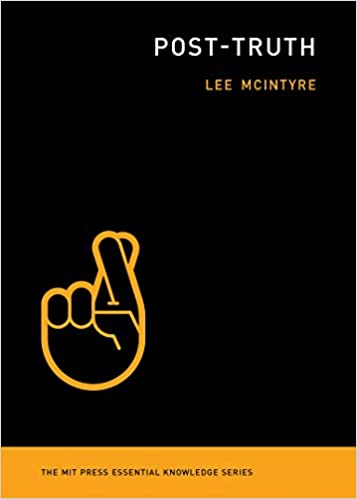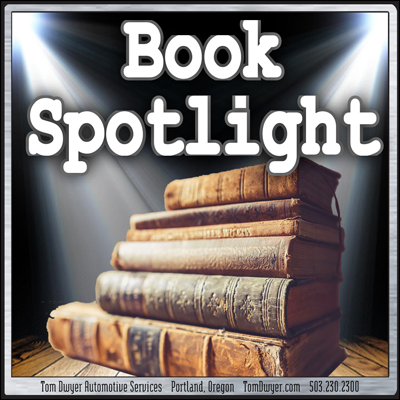This month we’d like to introduce you to not one book, but a series of them. MIT has created an “Essential Knowledge” series of over 80 books covering topics from neurolinguistics, science fiction, and citizenship, to 3D printing, free will, and intellectual property strategy. As they say on their website, “The MIT Press Essential Knowledge series offers accessible, concise, beautifully produced books on topics of current interest. Written by leading thinkers, the books in this series deliver expert overviews of subjects that range from the cultural and the historical to the scientific and the technical. In today’s era of instant information gratification, we have ready access to opinions, rationalizations, and superficial descriptions. Much harder to come by is the foundational knowledge that informs a principled understanding of the world. Essential Knowledge books fill that need. Synthesizing specialized subject matter for nonspecialists and engaging critical topics through fundamentals, each of these compact volumes offers readers a point of access to complex ideas.”
We’ll get you started with two of the politically wonky titles that caught our attention, but dig deep! There’s plenty to keep you satisfied…
 “Post-Truth” by Lee McIntyre
“Post-Truth” by Lee McIntyre
(from the publisher) Are we living in a post-truth world, where “alternative facts” replace actual facts and feelings have more weight than evidence? How did we get here? Lee McIntyre traces the development of the post-truth phenomenon from science denial through the rise of “fake news,” from our psychological blind spots to the public’s retreat into “information silos.”
What, exactly, is post-truth? Is it wishful thinking, political spin, mass delusion, bold-faced lying? McIntyre analyzes recent examples―claims about inauguration crowd size, crime statistics, and the popular vote―and finds that post-truth is an assertion of ideological supremacy by which its practitioners try to compel someone to believe something regardless of the evidence. Yet post-truth didn’t begin with the 2016 election; the denial of scientific facts about smoking, evolution, vaccines, and climate change offers a road map for more widespread fact denial. Add to this the wired-in cognitive biases that make us feel that our conclusions are based on good reasoning even when they are not, the decline of traditional media and the rise of social media, and the emergence of fake news as a political tool, and we have the ideal conditions for post-truth. McIntyre also argues provocatively that the right wing borrowed from postmodernism―specifically, the idea that there is no such thing as objective truth―in its attacks on science and facts.
 “Critical Thinking” by Jonathan Haber
“Critical Thinking” by Jonathan Haber
(from the publisher) Critical thinking is regularly cited as an essential twenty-first century skill, the key to success in school and work. Given our propensity to believe fake news, draw incorrect conclusions, and make decisions based on emotion rather than reason, it might even be said that critical thinking is vital to the survival of a democratic society. But what, exactly, is critical thinking? Jonathan Haber explains how the concept of critical thinking emerged, how it has been defined, and how critical thinking skills can be taught and assessed.
Haber describes the term’s origins in such disciplines as philosophy, psychology, and science. He examines the components of critical thinking, including structured thinking, language skills, background knowledge, and information literacy, along with such necessary intellectual traits as intellectual humility, empathy, and open-mindedness. He discusses how research has defined critical thinking, how elements of critical thinking have been taught for centuries, and how educators can teach critical thinking skills now.
Haber argues that the most important critical thinking issue today is that not enough people are doing enough of it. Fortunately, critical thinking can be taught, practiced, and evaluated. This book offers a guide for teachers, students, and aspiring critical thinkers everywhere, including advice for educational leaders and policy makers on how to make the teaching and learning of critical thinking an educational priority and practical reality.












